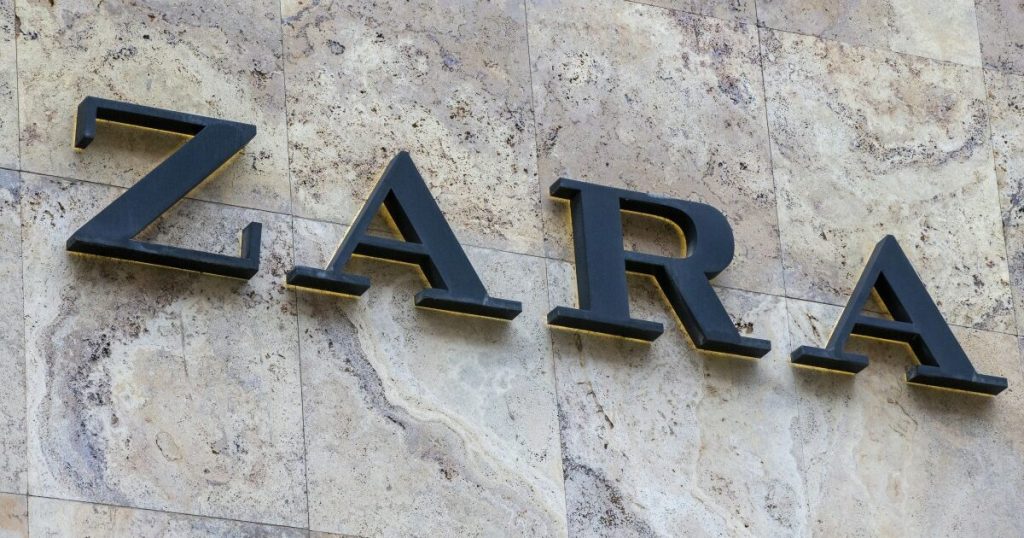The Advertising Standards Authority (ASA), the UK’s advertising regulator, has banned two advertisements by the Spanish fashion retailer Zara for featuring models deemed “unhealthily thin.” This decision follows a complaint lodged against the ads, which appeared on Zara’s website in May, and reflects a broader concern about the portrayal of unrealistic and potentially harmful body images in advertising. The ASA’s intervention underscores the growing pressure on fashion brands to promote body positivity and responsible advertising practices. This incident is not isolated, as similar ads from other major UK retailers have also faced scrutiny and bans earlier this year.
The objectionable features of the Zara ads centered on the appearance of two models. One image depicted a model with prominently protruding collarbones, further accentuated by her pose and styling, creating an overall impression of excessive slimness. The second ad featured a model described as looking “slightly gaunt,” an effect attributed to a slicked-back hairstyle, lighting, and clothing choices that collectively emphasized her thinness. The ASA determined that both advertisements violated social responsibility rules, specifically by presenting an unhealthy and potentially harmful portrayal of body image. The ads were subsequently removed from Zara’s website.
Zara responded to the ASA’s investigation by asserting that the models in question possessed medical certifications confirming their health, aligning with British guidelines. The company also maintained that the images underwent only minor lighting and color adjustments. Following the complaint, Zara promptly removed the ads from its website and issued a statement emphasizing its commitment to “stringent guidelines and controls in the selection and photographing of models.” This response reflects an attempt to mitigate the negative publicity and demonstrate a commitment to responsible advertising practices.
This incident involving Zara is not an isolated case within the UK fashion industry. Earlier in the year, the ASA also banned similar advertisements from two prominent British retailers, Next and Marks & Spencer, further highlighting the increasing scrutiny of advertising practices that perpetuate unrealistic body ideals. These actions by the ASA signal a broader shift in societal expectations and a growing intolerance for advertising that promotes unhealthy body images, particularly those that could negatively impact vulnerable audiences. The repeated occurrence of such incidents underscores the need for greater vigilance and proactive measures by brands to ensure their advertising adheres to responsible standards.
The ASA’s decision to ban these ads contributes to a growing body of regulatory action designed to challenge the prevalence of unrealistic and potentially harmful body image portrayals in advertising. The concern lies not only with the immediate impact on viewers but also with the broader societal implications of promoting such ideals. By taking a firm stance against these types of advertisements, the ASA aims to promote healthier and more diverse representations of body image, ultimately contributing to a more positive and inclusive media landscape. This trend towards stricter regulation reflects a broader cultural shift towards greater acceptance of diverse body types and a rejection of narrow, often unattainable, beauty standards.
The implications of the ASA’s decision extend beyond Zara and the specific advertisements in question. It serves as a clear message to the wider fashion and advertising industries regarding the importance of responsible and ethical practices. Brands are now under increasing pressure to move away from traditional, often idealized, representations of beauty and embrace more diverse and realistic portrayals of body image. This shift requires a fundamental reassessment of casting practices, styling choices, and overall messaging in advertising campaigns. The long-term impact of such regulatory actions and changing societal expectations remains to be seen, but it is evident that the landscape of fashion advertising is evolving towards greater inclusivity and responsibility.














